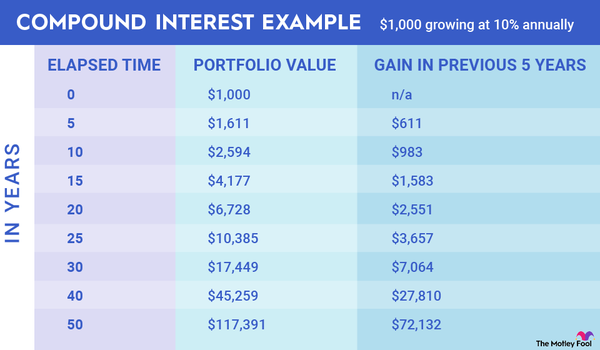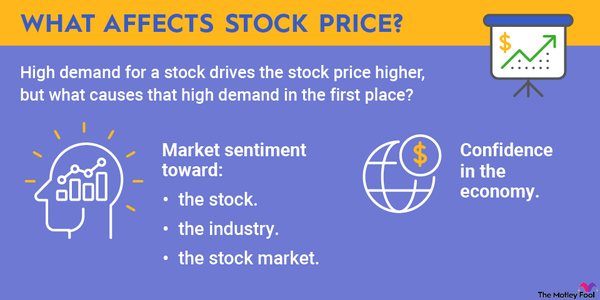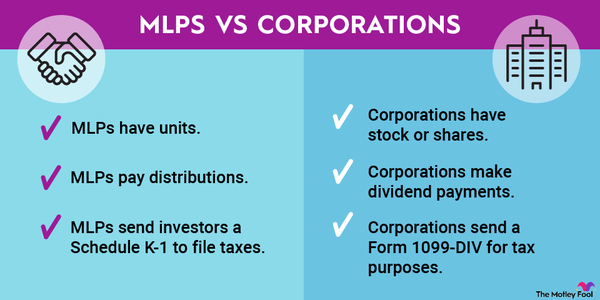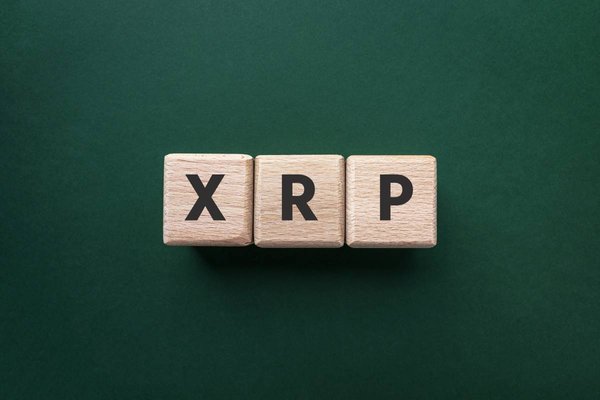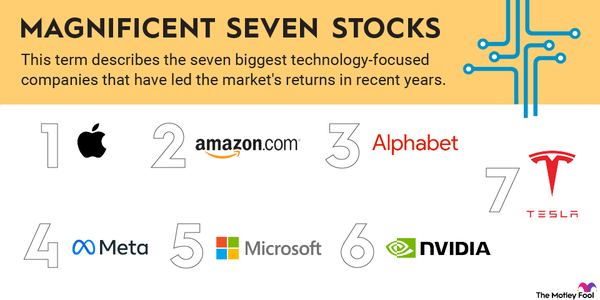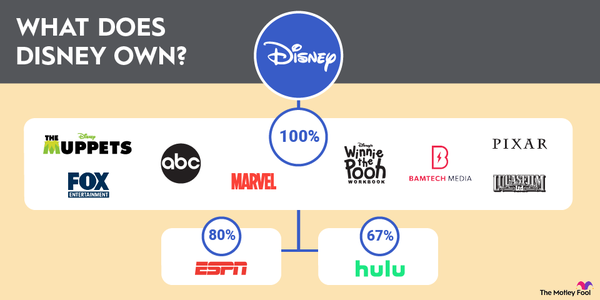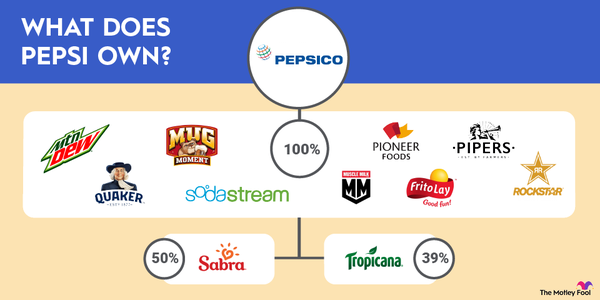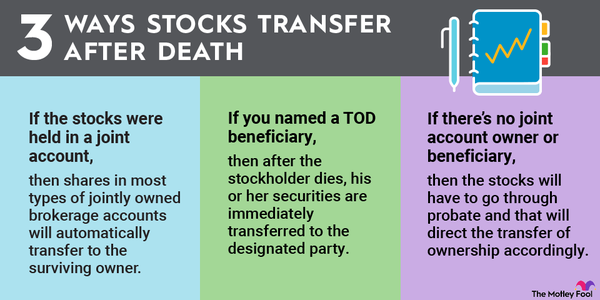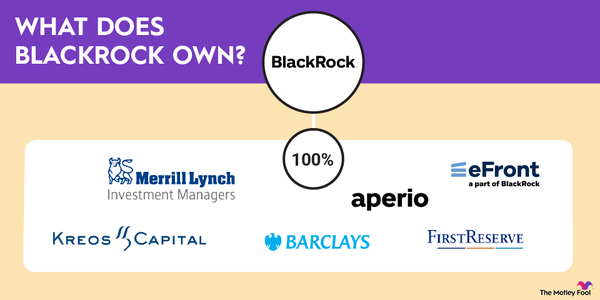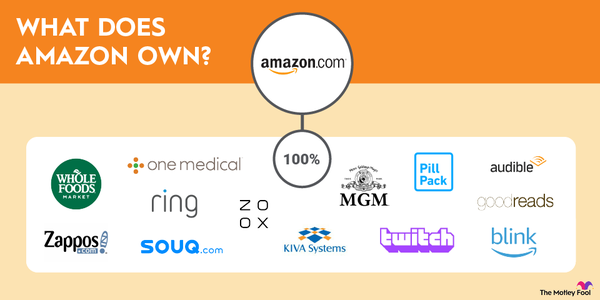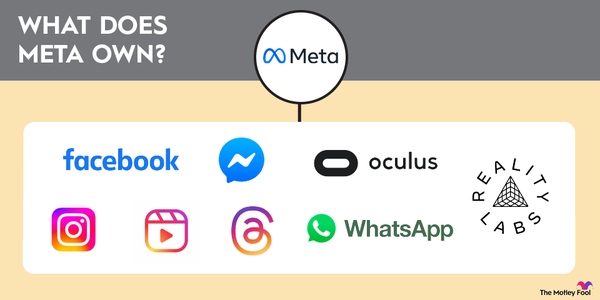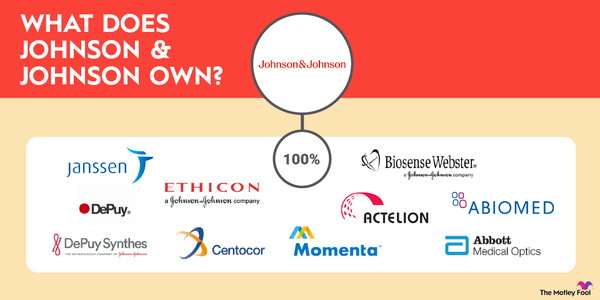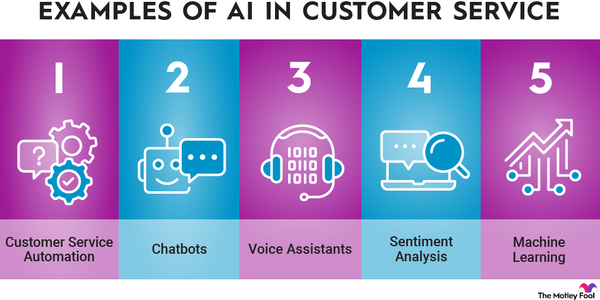For many investors, buying shares in companies that are located in countries other than America is part of their diversification strategy. However, because of this, you've probably run into both GAAP and IFRS reporting, which may be a little confusing. We'll discuss GAAP vs. IFRS, when and why each is used, and the differences between them in this article.

What is GAAP?
What are generally accepted accounting principles (GAAP)?
GAAP, which stands for generally accepted accounting principles, is a set of guidelines governing the reporting of financial information by companies within the United States. The guidelines are established by the Financial Accounting Standards Board (FASB) and will be present in the financial reporting of every publicly traded U.S.-based company you come across as a stock market investor.
You may also see non-GAAP reporting in the same documents, which simply means that those pages are prepared using some kind of optional reporting that does not adhere to the GAAP rules.
What is IFRS?
What are International Financial Reporting Standards (IFRS)?
International Financial Reporting Standards (IFRS) are far more commonly used in Europe, Asia, Africa, the Middle East, Australia, and South America -- basically anywhere but the United States and a few other countries, including China and India. The IFRS is a set of reporting principles (rather than guidelines) that are dictated by the International Accounting Standards Board (IASB).
As a set of principles, the IFRS is much less exacting in terms of what must be reported, allowing for less reporting detail, along with additional (and longer) disclosures. Because its guidelines are more flexible, IFRS often works better across many different cultures.
SEC (Securities and Exchange Commission)
What are the differences?
What are the key differences between GAAP and IFRS?
Although GAAP and IFRS have the same goal at their core, disclosing the financial practices of a business, they have many differences in what they consider important and how they report these items. Here are some key differences:
- Balance sheets. Balance sheets under GAAP are formatted so that the most liquid assets and liabilities are listed first; IFRS starts with the least liquid. With GAAP, you'll see current assets listed first, followed by non-current assets, and so forth. Under IFRS, the order is reversed.
- Cash flow statements. There are significant differences in the cash flow statements between GAAP and IFRS, but how interest is reported is an example that illustrates these differences. GAAP requires that interest paid and interest received be reported under operating activities. Under IFRS, the reporting is more flexible, and interest paid may show up either under operating or financing in the cash flow statement; interest received can be in the operating or investing sections.
- Asset revaluation. Sometimes, company assets experience a loss of value due to market factors or other influences. In these cases, it's classified as a loss on impairment, which is potentially reversible in the real world. Under GAAP reporting rules, this asset's value can't be increased if it's been impaired; IRFS, however, allows for some assets to be increased to their original cost minus depreciation.
- Inventory valuation methods. Companies can use first-in, first-out (FIFO), last-in, first-out (LIFO), or weighted inventory to help explain their inventory flows as valued under GAAP reporting. But, under IFRS, LIFO is not permitted, even if the company uses this practice.
- Reporting. GAAP reporting requires a Management's Discussion and Analysis section (MD&A) for each quarterly report that's released by any company, even if there's not much to update from the last quarter. GAAP also considers each quarterly report as part of the whole story of the fiscal year. IFRS, on the other hand, considers each report a stand-alone period and doesn't require MD&A.
- Terminology. You may see quite a bit of difference in language between GAAP reporting and IFRS reporting. For example, in GAAP, the word "probable" means there's a greater than 75% chance of something happening. With IFRS, it means a greater than 50% chance.
Related investing topics
GAAP vs. IFRS: The bottom line
Although GAAP and IFRS are both standards for reporting financial data to a wider audience, the format and results can result in different details and different depths of detail, depending on the specific element and type of reporting. Neither GAAP nor IFRS is necessarily better. They're simply different approaches to the same problem.
FAQ
GAAP vs. IFRS: FAQ
Is GAAP stricter than IFRS?
In some ways, GAAP is stricter than IFRS. But if you consider that GAAP is a set of guidelines that govern reporting and IFRS is a set of principles, it's easier to understand that they are very different methodologies of reporting and can't really be compared in terms of "strictness."
What is the difference between IFRS and GAAP asset valuation?
The main difference in asset valuation between IFRS and GAAP is that IFRS will allow for impaired assets to regain their value, albeit with an adjustment for depreciation. GAAP does not allow impaired assets to ever regain their value once impaired.
What are the four principles of IFRS?
All financial reporting under IFRS should adhere to these four principles: clarity, reliability, relevance, and compatibility. That means that reporting should be easy to understand, truthful, useful to people making financial decisions with that information, and able to be compared with data from other companies.












